A Bizarre Phenomenon Is Making the Moon Appear ‘Rusty’ — and the Earth Is Responsible for It
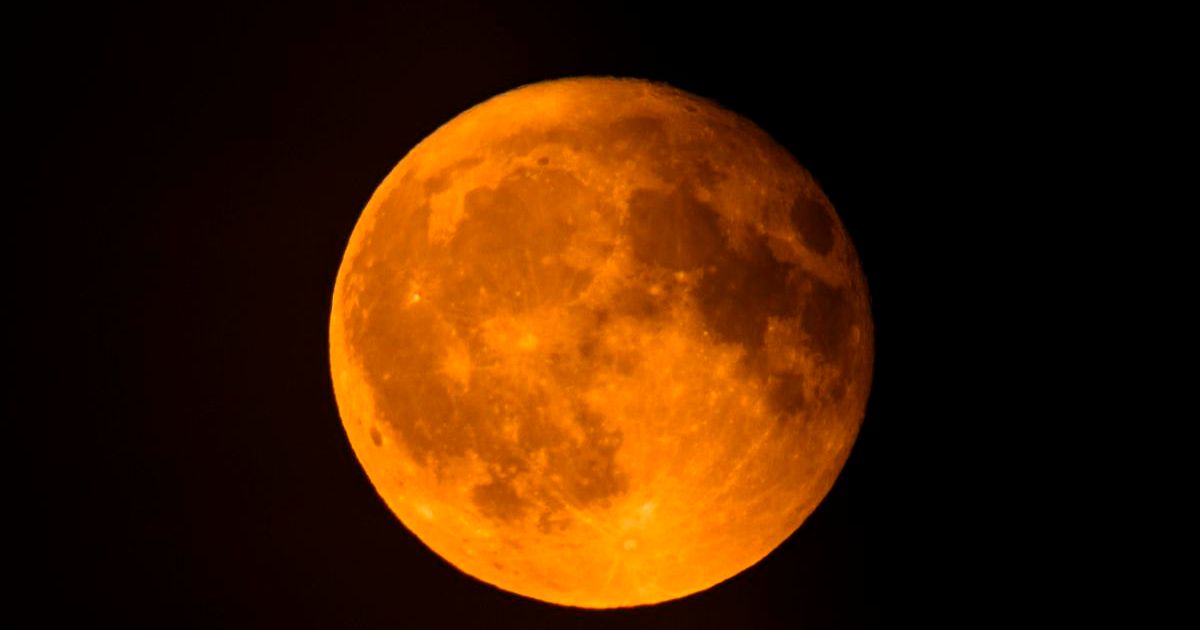
About 30 Earths away from Earth, at a distance spanning millions of miles, something lurks inside the shadowy, bone-dry craters of the Moon. In 2020, a team of Indian scientists aboard the Indian Space Research Organization’s Chandrayaan-1 mission created Moon Mineralogy Maps that revealed water concentrated on the Moon’s poles in a strange way. It wasn’t real water. It was the possibility of water trapped in the reddish-orange crystals of an iron-rich chemical called “haematite,” according to a report published in Geophysical Research Letters.
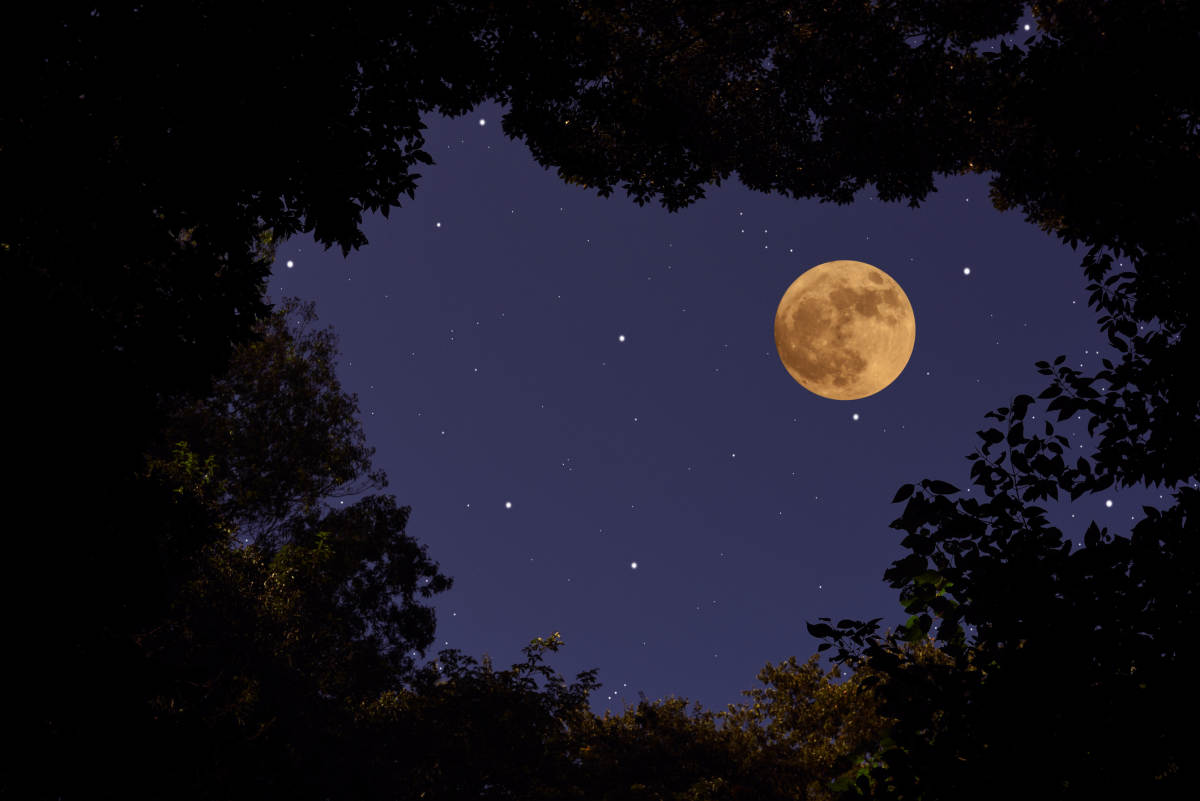
The presence of this chemical indicated that Moon was “rusting.” For several years, the existence of this blood-red mineral in lunar soil puzzled scientists, causing them to wonder if it was why the Moon sometimes appears orange. Lately, however, they have discovered that this is not the primary cause behind the glowing appearance of the Moon, although it could contribute to the orange hue in the next hundreds of years or so.
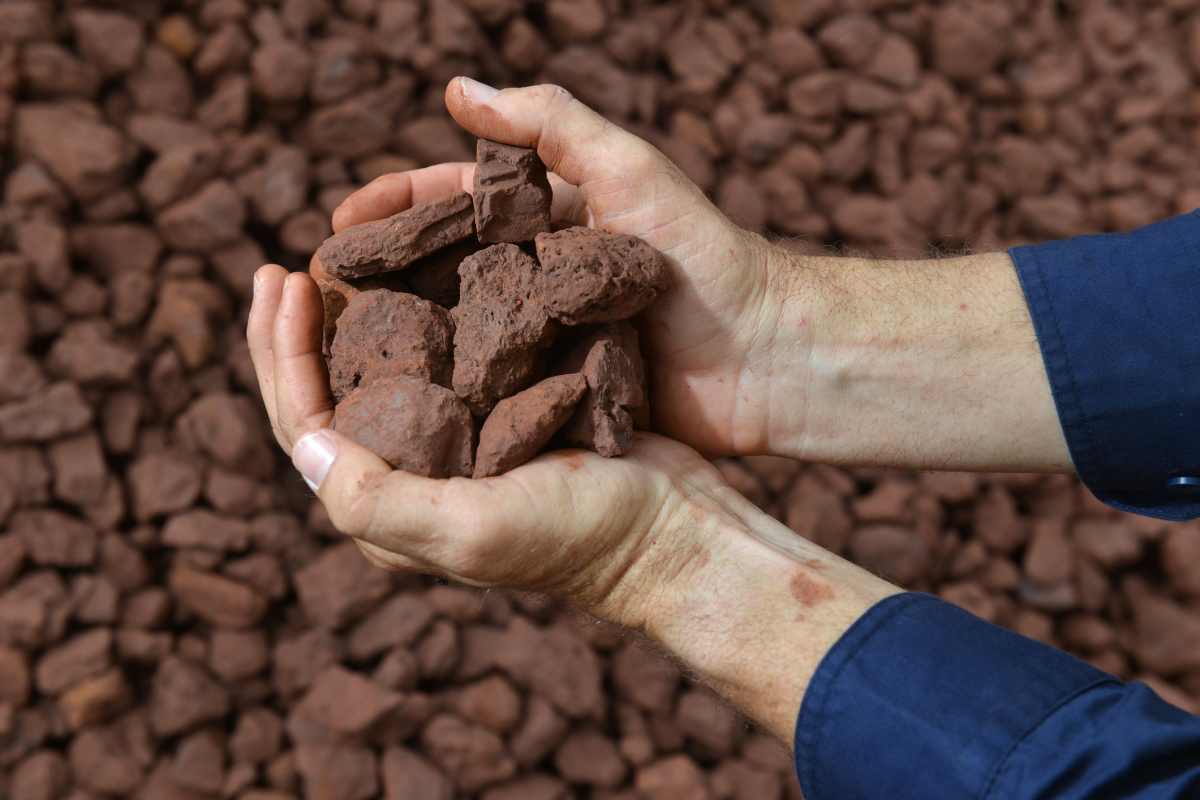
Like a library of geological stories, Moon’s silvery-grey soil holds the chronicles of its geological history, an archive of all the little-big geological events that turned it into what it is. When the instruments sent by Indian scientists detected hints of haematite in the soil, they were dumbfounded. How can this iron-rich chemical, which can only form in the presence of oxygen and hydrogen, be present on the lifeless, airless atmosphere of the shadowy satellite? It was only when the planetary scientists investigated the episode in detail that they realized that the Moon was "rusting." And the culprit was Earth.

The examination of lunar soil revealed a fascinating tale of interaction that has been secretly unfolding between Earth and the Moon, which has been depositing these blood-red crystals far out there. In something called “Earth wind,” Earth continuously blasts squalls and gales of its energy towards the moon. These waves of energy are simmering with molecules of oxygen, hydrogen, and nitrogen. When these molecules slam and crash into the lunar soil, chemical reactions erupt, which trigger the formation of this haematite, which begins the rusting process.
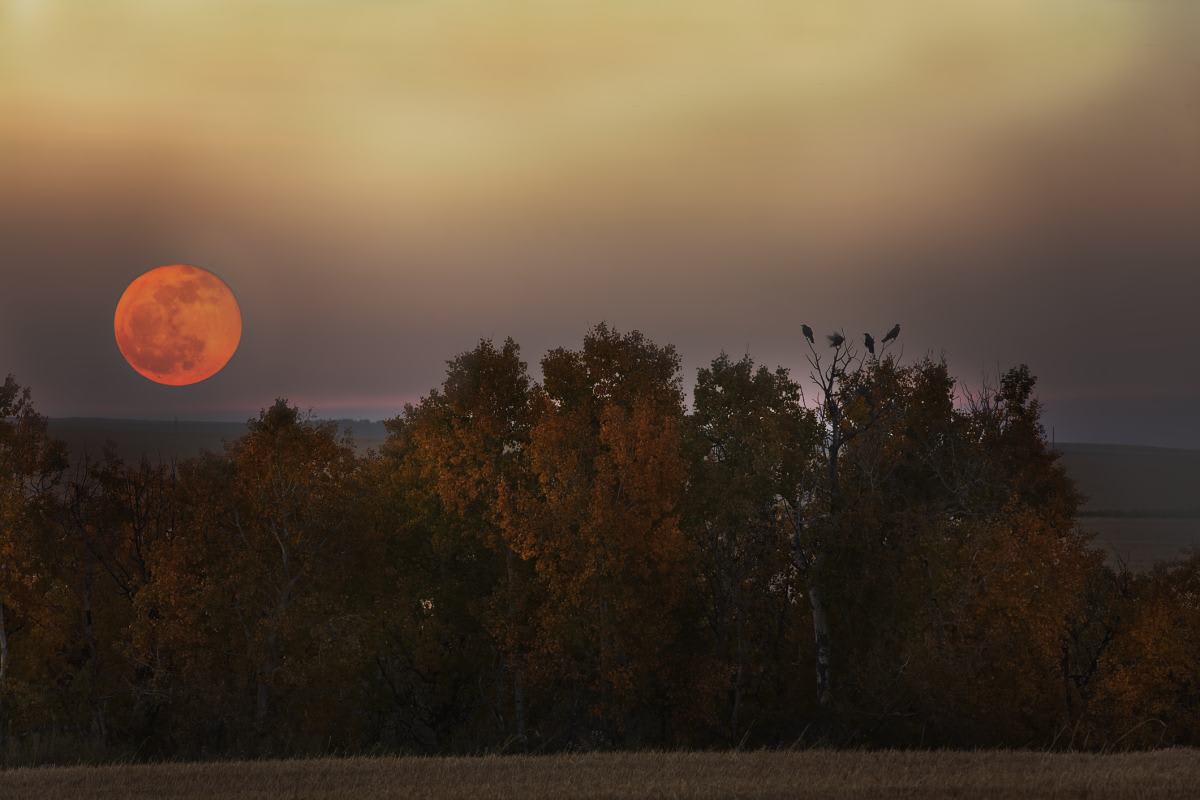
It’s a quirky metal mystery that is at play in the background of this interaction, NASA explains. Hydrogen atoms are “reducers” by nature, which means they “add” the electrons to the material they interact with. This addition makes it difficult for haematite to form. On the other side, however, the oxygen molecules or oxidizers “remove” the electrons. While Earth has a strong magnetic boundary to prevent hydrogen atoms from banging into its atmosphere, the Moon doesn’t have this boundary. So when Earth ejects flurries of hydrogen atoms, the Moon has no choice but to assimilate the atoms and store them in the form of haematite, a chemical that furnishes the lunar soil with a dim red or orange tint.
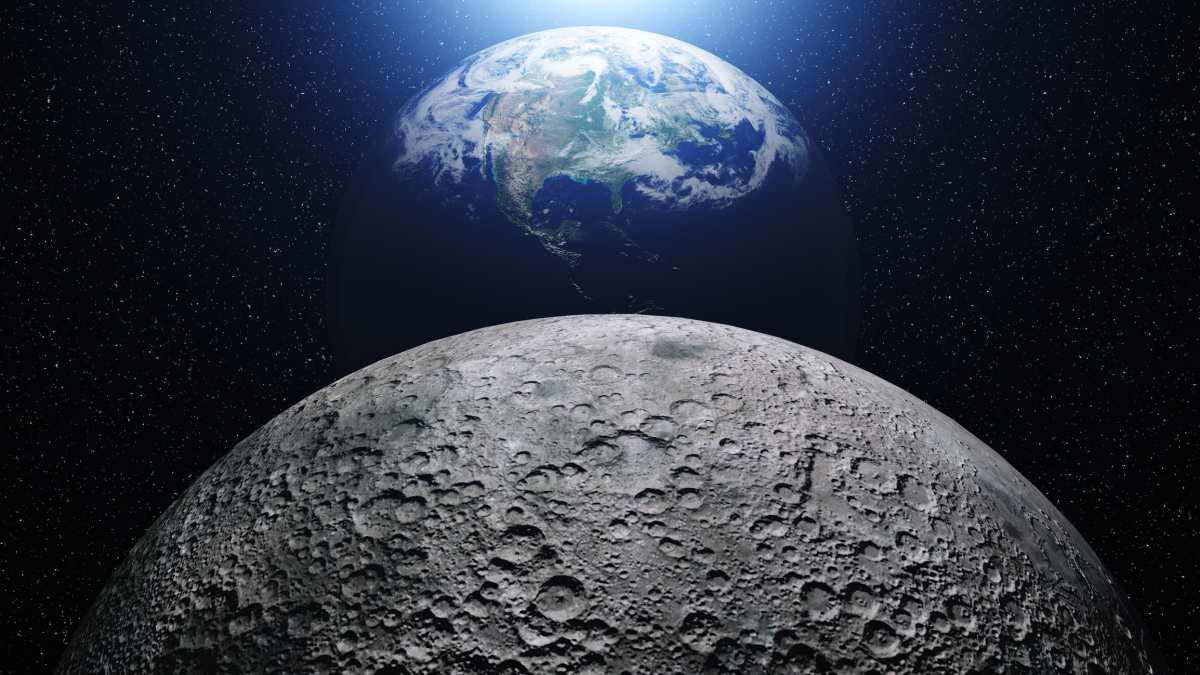
For years, scientists credited the orange color of the Moon solely to the presence of this rusting chemical. Only recently, word spread that the rusting is not the main culprit behind the orange moon. There are several ramifications. But the one that holds the greatest probability is a phenomenon called “Rayleigh scattering.” According to El País, it is the same phenomenon that causes the Sun to appear more orange during sunrise and sunset, which causes the sky to appear blue. Earth's atmosphere is brimming with tiny water molecules that hang and dance in the air.

When the Moon is close to the horizon, the light needs to travel longer distances, which scatters the shorter wavelength colors like blue and violet. While these colors scatter away, the ones with longer wavelengths, like red and orange, tend to cling to the thick layers of molecules and travel shorter distances. So when someone on Earth looks up, they find the Moon glowing in reddish-orange colors.
More on Green Matters
Scientists Capture Rare Coronal 'Rain' on the Sun in Stunning Footage
Sailors Have Been Puzzled by Glowing ‘Milky Seas’ for Years — but Science Finally Has an Explanation
Scientists Caught Off Guard After Lake Superior Was Hit By a Rare Tsunami-Like Phenomenon